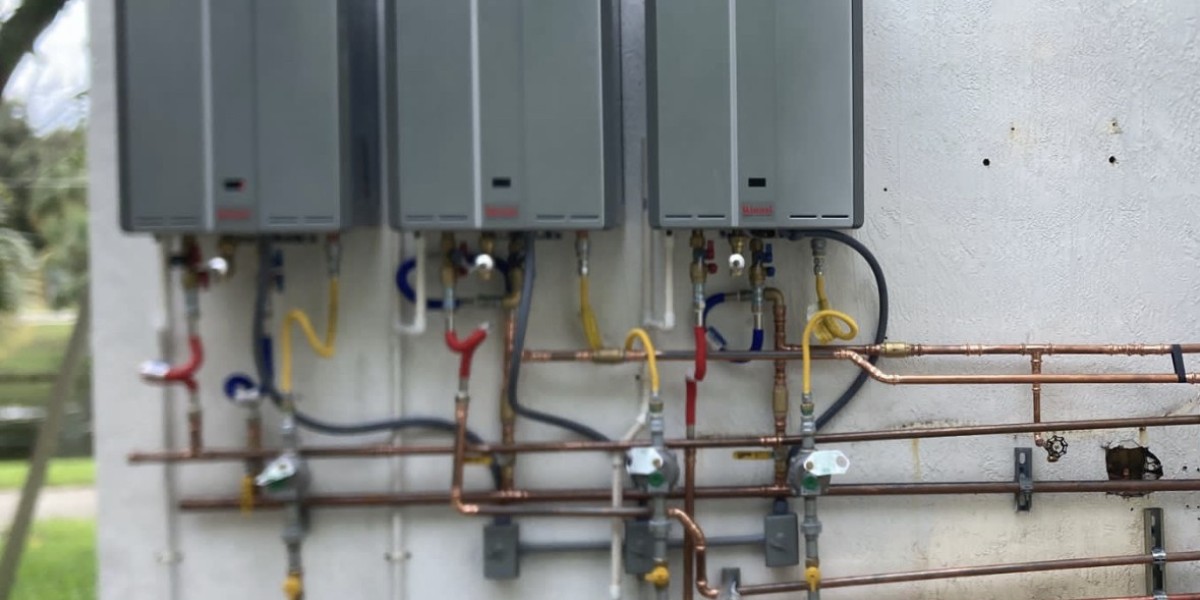Water heaters are essential appliances in any household, ensuring a consistent supply of hot water for daily needs. However, like all appliances, they are prone to wear and tear. When your water heater malfunctions, it can disrupt your daily routine. This is where Pompa Plumbing Group, a renowned name in plumbing services, steps in. With years of expertise, they offer a reliable guide to tackling water heater repairs step-by-step, ensuring you can manage minor issues before seeking professional help.
Diagnosing the Problem
Before diving into repairs, identifying the issue is crucial. Common problems include no hot water, insufficient hot water, strange noises, and leaks. Begin by checking the thermostat settings to ensure they haven’t been accidentally adjusted. For electric water heaters, inspect the circuit breaker to confirm it hasn’t tripped. For gas heaters, verify that the pilot light is on.
Safety First
Safety is paramount when dealing with electrical appliances and Water Heater Repair. Start by turning off the power supply. For electric heaters, switch off the circuit breaker. For gas heaters, turn off the gas supply. Ensure the water supply is also turned off to prevent any accidental leaks or flooding during the repair process.
Draining the Water Heater
To work on your water heater, it needs to be drained first. Attach a hose to the drain valve at the bottom of the tank, directing the other end to a suitable drainage area. Open the valve and let the water flow out completely. This step is vital to prevent any scalding accidents and to make the internal components accessible for inspection and repair.
Inspecting and Replacing the Heating Elements
Electric water heaters use heating elements to warm the water. If you suspect these are faulty, use a multimeter to check their functionality. Unscrew the access panel, remove the insulation, and disconnect the wires. Using the multimeter, test for continuity. If the elements show no continuity, they need to be replaced. Simply unscrew the faulty elements and replace them with new ones, reconnecting the wires securely.
Checking the Thermostat
A malfunctioning thermostat can lead to irregular water temperatures. Similar to the heating elements, you can use a multimeter to test the thermostat’s continuity. If it’s faulty, disconnect the wires and replace it with a new one. Make sure to set the new thermostat to the recommended temperature, usually around 120 degrees Fahrenheit.
Addressing Leaks
Leaks are a common issue with water heaters. Inspect the tank and all connections for any signs of leakage. Tighten any loose connections and replace faulty gaskets. If the tank itself is leaking, it might be time to consider a replacement, as this often indicates a more severe problem that cannot be easily repaired.
Flushing the Tank
Sediment buildup inside the tank can cause inefficiency and strange noises. To address this, flush the tank by filling it with water and draining it several times until the water runs clear. This simple maintenance step can prolong the life of your water heater and improve its performance.
Reassembling and Testing
Once repairs are complete, reassemble all components, ensuring everything is securely in place. Turn on the water supply and refill the tank. Restore power or relight the pilot light for gas heaters. Allow the water heater to heat the water and check for proper functionality and any signs of leaks or other issues.
Conclusion
While minor water heater repairs can be managed with some basic knowledge and tools, complex issues require professional expertise. Pompa Plumbing Group offers top-notch water heater repair services, ensuring your appliance functions efficiently and safely. Regular maintenance and prompt repairs can extend the life of your water heater, providing you with uninterrupted hot water and peace of mind.








